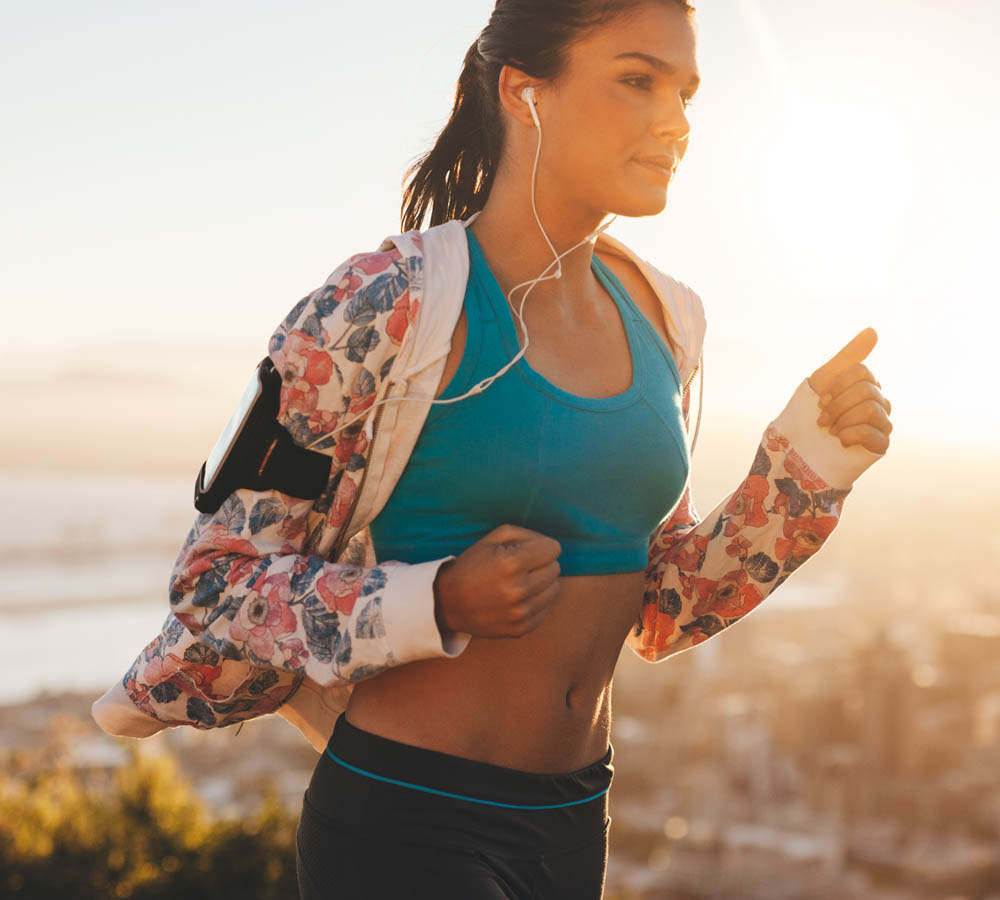Named Among the Best Plastic Surgeons in Boston
Helena O. Taylor, MD,PHD,FACS & Stephen R. Sullivan, MD,MPH,FACS
What Is Liposuction
Liposuction, Liposculpture, or suction assisted lipectomy is a powerful means for body and neck sculpting and contouring. It is the second most common operation performed by board certified plastic surgeons. Liposuction or suction lipectomy enables removal of fat from undesirable areas of the body on women and men such as the abdomen, thighs, breast, neck, back, arms, or lower legs. Liposuction offers the opportunity to change the contour of your body while minimizing scaring.
Most other operations and forms of fat removal require trading a scar for a change in appearance. With liposuction, small cannulas can be used through very small incisions made in natural creases or folds to remove excess stubborn body fat. Boston liposuction patients recover quickly and return home the same day as the procedure. Small areas can often be removed with local anesthesia alone, while larger areas may require some sedation or anesthesia.

Liposuction is the ideal means of targeting stubborn areas of fat deposition. It is not a weight loss procedure. Once removed by liposuction, fat does not return to that area, which is why liposuction is superior to the non-surgical methods promoted by some clinics, such as cooling, heating, radio frequency ablation, or laser. If you have had one of these nonsurgical treatments and are disappointed with the results of expensive and ineffective treatments, consider scheduling a consultation for liposuction Boston plastic surgeons Dr. Taylor and Dr. Sullivan will be able to answer all your questions. The benefits of liposuction include:
WHAT LIPOSUCTION DOES
DURATION OF RESULT
Years
LENGTH OF PROCEDURE
1-2 hours
TYPES OF ANESTHESIA
Sedation (sleepy) or General Anesthesia (asleep)
RECOVERY
TIME OFF SCHOOL OR WORK
TIME OFF ACTIVITIES
Once fat cells are removed they are gone forever. The remaining fat cells can increase in size with fluctuations in weight, but typically the results of liposuction are long lasting.
Our preference is to perform most liposuction with sedation or general anesthesia in the operating room as a day surgery procedure. Patients wear compression garments for several weeks after surgery. Bruising and some swelling is common, but varies in severity. It takes several weeks to months for the swelling to resolve. Patients report being sore the first week, but significant pain is rare.
Contour irregularities, extra skin, and blood clots are the complications that surgeons work hard to avoid. Skin contracture after liposuction is unpredictable, so Dr Taylor and Dr Sullivan will talk to you about your chances of having extra skin after liposuction.
The ideal candidate is someone in generally good health who is not overweight (ideally with BMI of less than 30), with stubborn fatty areas that have not responded to diet, or exercise training. Smoking, smoke exposure, blood clots, and blood thinners increase risk significantly and would be considered contraindications to surgery.
When liposuction is performed, many patients wish to transfer some of the fat to other parts of the body, known as fat transfer or fat grafting. A graft is simply a way of moving one part of a living structure. You may be familiar with a fruit tree graft or a plant graft such as a rose in which a branch is moved and placed in another area and survives. Fat grafting is very similar. Fat grafts moved from one part of the body to another can survive and live forever.
When fat is moved, it is carefully and gently placed in a new location - not in clumps or chunks, but in fine streaks. No incisions are used for placing fat, just microcannula insertion sites that do not require stitches. The fine streaks of fat grafts can be placed at multiple levels and the cannulas can reach long distances to meticulously blend the grafts with the surrounding contour. Fat grafting can be used to restore or even create volume in other areas of the body, breasts (breast augmentation with fat transfer), face (facial fat transfer), hands (hand rejuvenation), contour deformities or scars.
Imaging studies such as CT scan, MRI or Ultrasound may be helpful though rarely necessary. Dr. Taylor and Dr. Sullivan can help guide the need for imaging studies.
ACTIVITY
GENERAL OUTCOMES
After your liposuction Boston plastic surgeon Dr. Taylor or Dr. Sullivan will see you in follow-up appointments at 1 week, 3 to 6 months, and 1 year or as often as needed post-op. Call Taylor and Sullivan Plastic Surgery to schedule your appointments at (617) 492-0620 between the hours of 8:30 – 5:00 or visit our webpage at www.massplasticsurgeons.com. We are always available for postoperative concerns or emergencies and can be reached through our paging service 24 hours per day at (617) 492-0620.
Download our LIPOSUCTION AFTERCARE INSTRUCTIONS
Call Today 617.492.0620
To schedule a private consultation with Dr. Taylor or Dr. Sullivan, please call the office or request an appointment using our form. We welcome your visit and your questions.
300 Mount Auburn St. Ste 304, Cambridge, MA 02138





